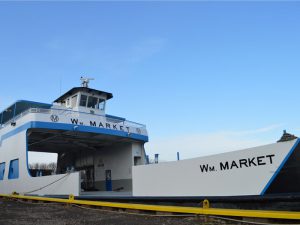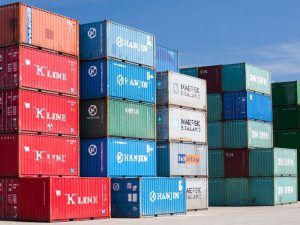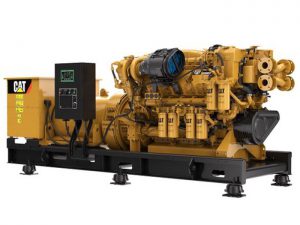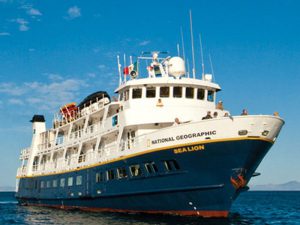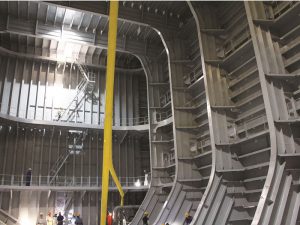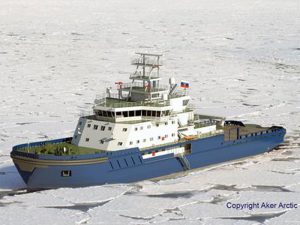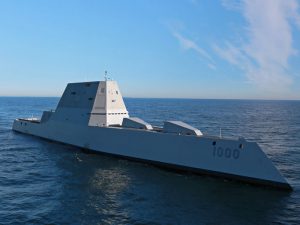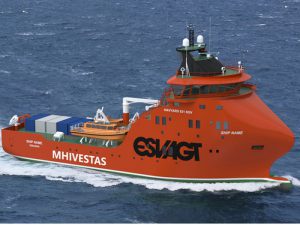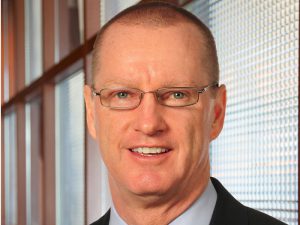Situated 50 km off the Belgian coast the Nobelwind project, together with the existing Belwind 1 project, will require a purpose built service operation vessel (SOV) to support the technicians working in the wind park.
Norway’s Havyard Design & Solutions has been commissioned to design the vessel and supply an equipment to the shipbuilder, Turkey’s Cemre Shipyard. which is set to deliver the vessel in the second half of 2017.
The vessel’s Havyard 831 SOV design is based on a ship and service concept, developed by Esvagt in synergy with MHI Vestas & Havyard Design, that draws on several years of experience in servicing wind farms further offshore.
For the past five years, Esvagt has provided the base for MHI Vestas Offshore Wind technicians servicing the 165 MW Belwind 1 project, and the new contract continues that partnership.
The new purpose build SOV will be 58.5 m in length, with a beam of 16.6 m and will be able to support up to 22 technicians in single cabins. It will be equipped with Esvagt’s unique safe transfer boats (Esvagt STB) to transfer technicians, tools and spare parts to the turbines.
“The market for big service vessels for offshore windfarms is a relatively new one, and, in cooperation with Esvagt, we have entered this market at an early stage,” says Gisle Vinjevoll Thrane, Senior VP Sales, Havyard Design & Solutions. “The windmills used to be serviced by small, fast-moving boats that transported personnel and equipment daily to and from the shore. More and more wind farms are now serviced by bigger ships where the service personnel work and live on board for prolonged periods and access the windmills by means of a gangway installed on the mother ship or small boats launched from the mother ship. This is a safer and more profitable way of servicing the wind farms, particularly those far offshore.”
“The Havyard 831 SOV was developed to fill a new niche in this market, namely smaller wind farms,” says Mr. Thrane. “The new design is smaller than the ships built so far. It is compact and efficient, but at the same time has ample capacity to transport service personnel and equipment. This design will make it profitable to service even smaller wind farms, and we see a potential to deliver many designs to this segment.”
The Havyard 831 SOV has a spacious and comfortable interior with sufficient capacity to accommodate wind farm service personnel in addition to the ship’s own crew. It has also been designed with good storage capacity for equipment and tools below deck and for containers on deck.
The ship is equipped with three small boats that can be launched to transport service personnel to the windmills.
The diesel-electric propulsion system ensures economical and environmentally friendly operation, both in transit and when the ship is in position at the wind farms. The hull has been designed to ensure low fuel consumption and to move in a way that ensures maximum comfort for the crew and service personnel on board.
The ship has sufficient fuel capacity etc. for at least 30 days’ operation between port calls.
Havyard has a long relationship with Cemre Shipyard. The Turkish yard has delivered the hulls for more than 30 of the newbuilds Havyard has delivered since 2005. In recent years, the shipyard has also delivered completed newbuilds for Norwegian and other customers, including cargo vessels, fishing vessels and seismic support vessels.Havyard says that the close cooperation built with Cemre through the hull deliveries will continue and develop now that the yard is to build its first Havyard design vessel.
